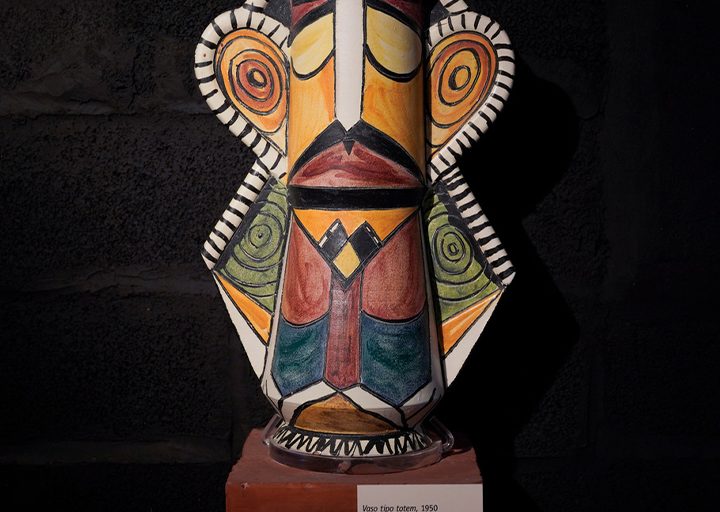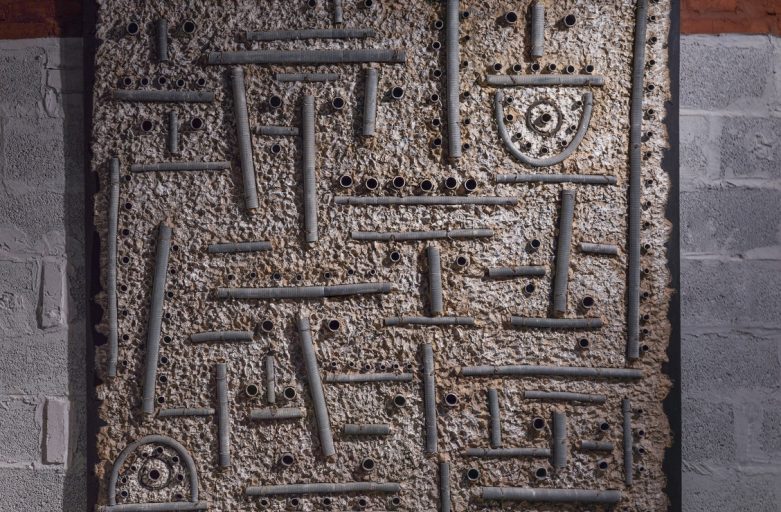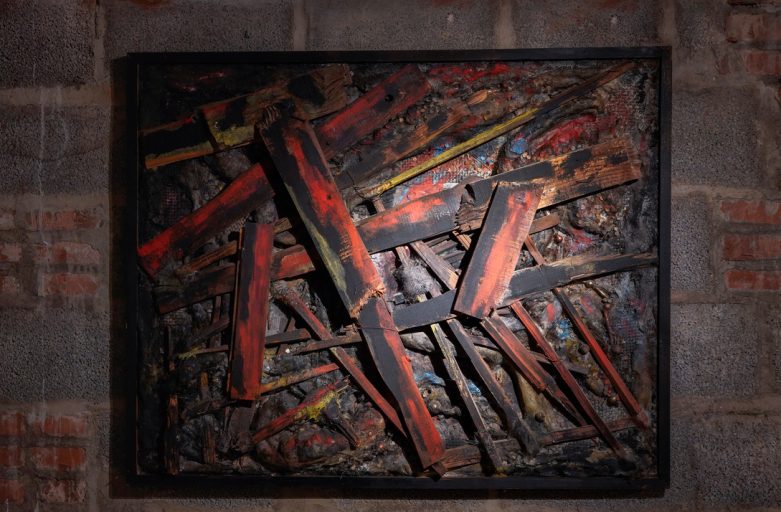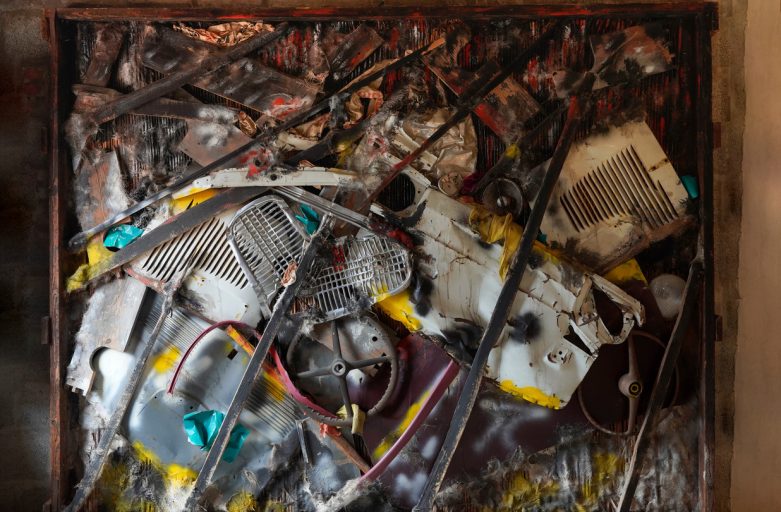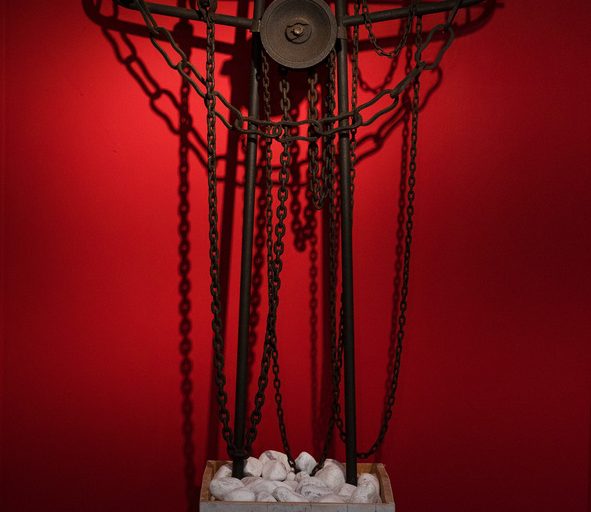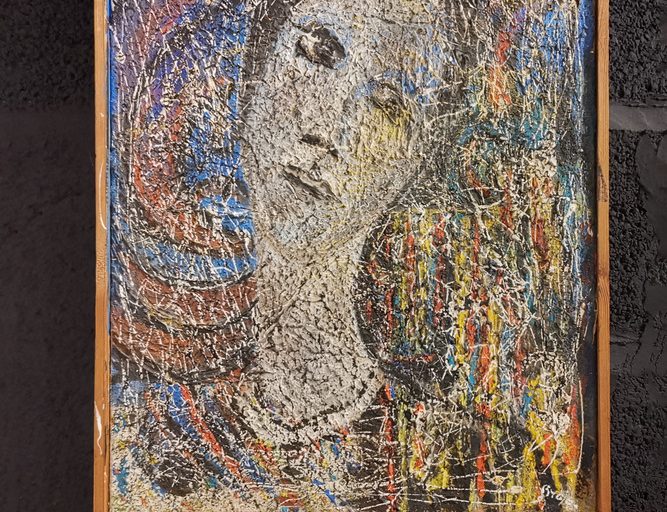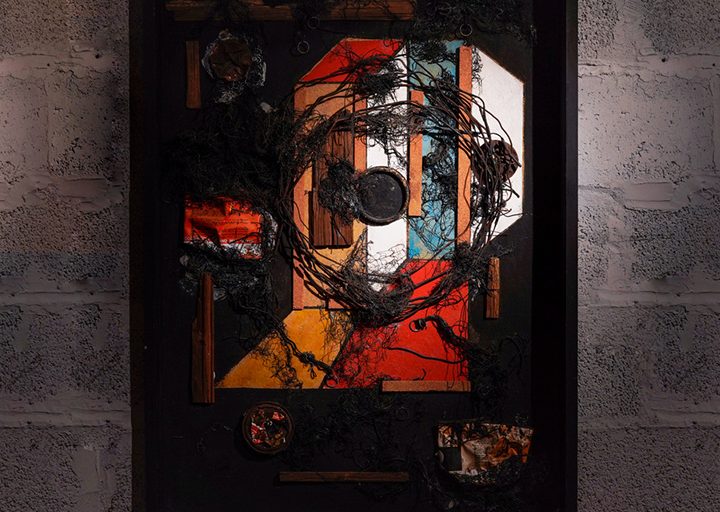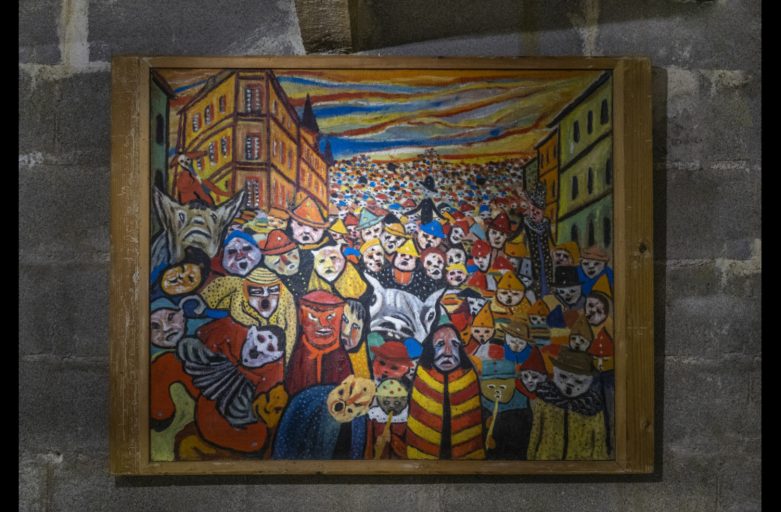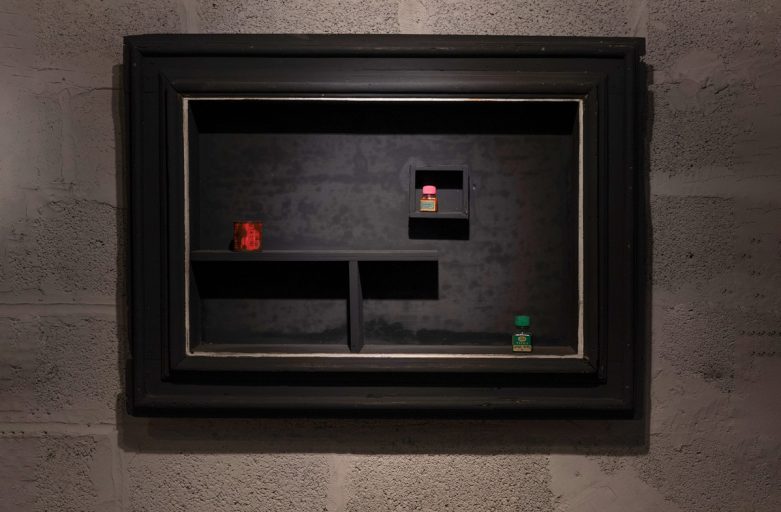Vase similar to a totem, 1950
This artwork includes both traditional elements and breaking points in Brajo’s art. This vase is made of glazed ceramic, a technique that the artist learnt from the artisans of Etruria, a historical company of Perugia. Bright colours and an unusual shape recall Picasso’s style.
[audio src="/wp-content/uploads/2022/07/ENG_Vase-similar-to-a-totem-1950.mp3"]
